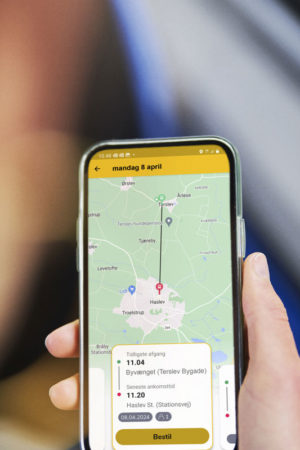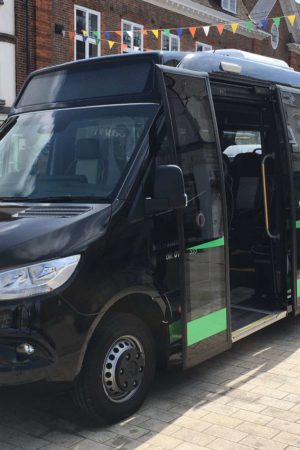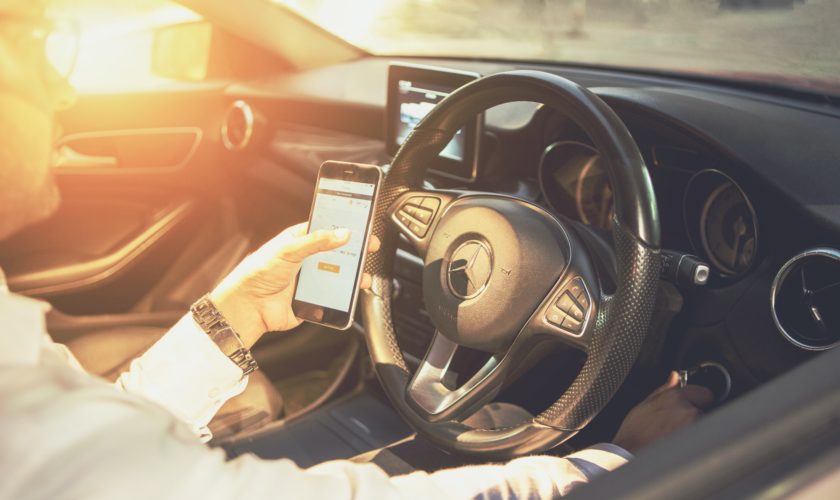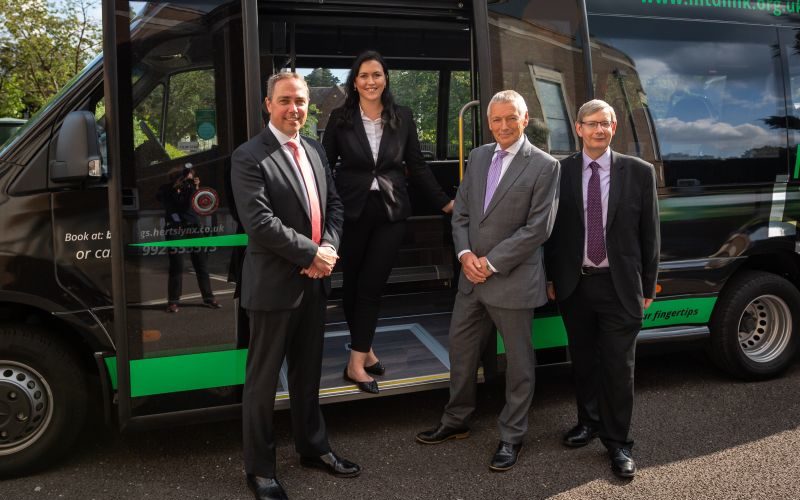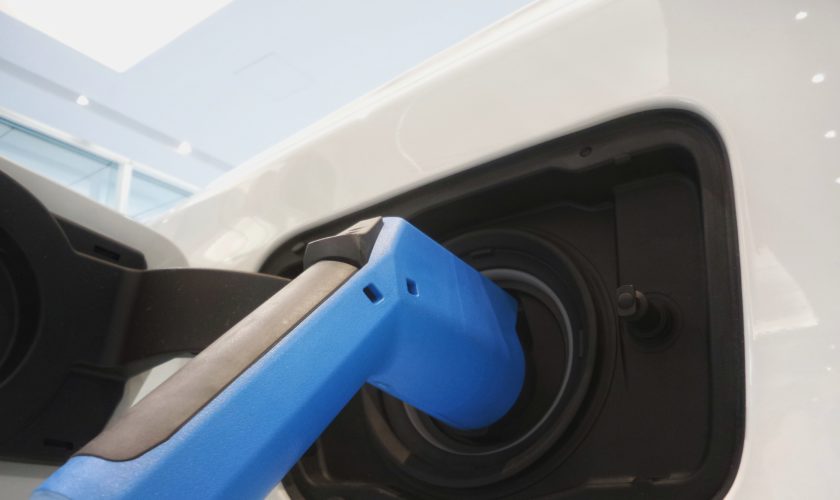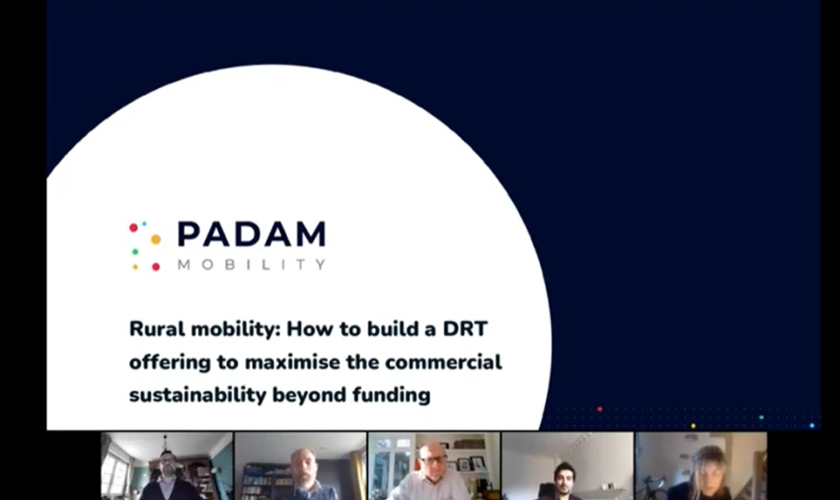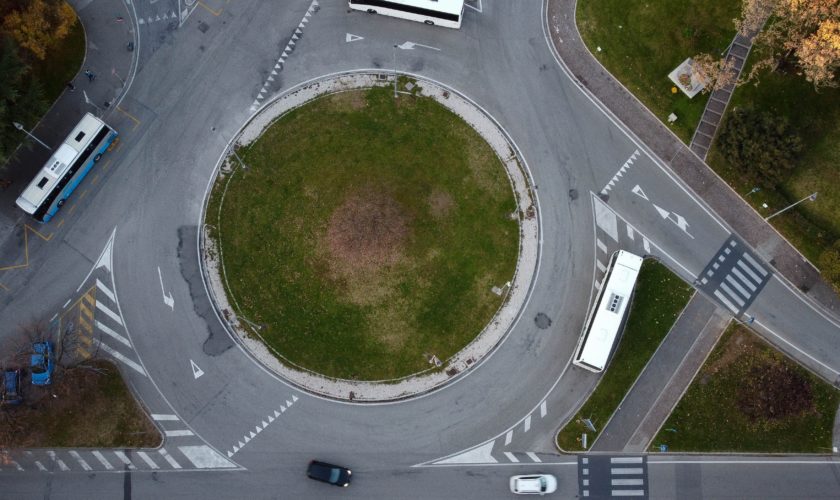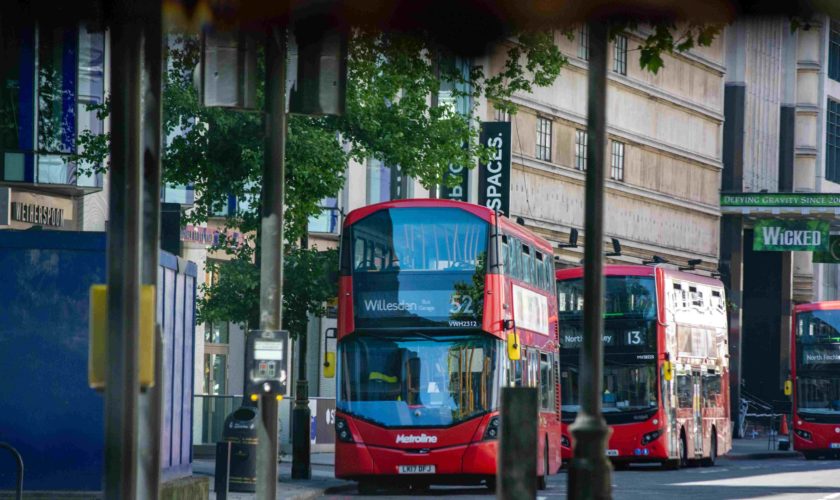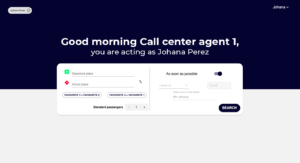With more and more new mobility offers, users are not only confronted with new decision-making possibilities to get from A to B but also with an ever-increasing number of new terms that are often difficult to distinguish from each other.
In this article, we would like to shed light on this and explain the most important definitions of the “new mobility” ecosystem.
Ridesharing
In the most classic sense of the word, the term ridesharing means that a ride is literally “shared”. Passengers and drivers usually find each other via digital platforms and discuss the details of their joint trip directly with each other. Typically, the passengers contribute to the costs of the journey so that both sides benefit: for the driver, using a car gets cheaper and the person travelling with him or her pays significantly less than with another means of transport. And even if ridesharing usually involves a private car, there is at least one less on the road …
Ridepooling
The principle of ridepooling sounds similar to that of ridesharing, however, there are decisive differences: Ridepooling is usually operated by service providers and is linked to certain objectives, such as improving the transport offer in a certain region, doing something for the protection of the environment, being financially rewarding, etc.
In comparison to other means of public transport, such as buses or trains, the services offered by ridepooling providers are usually highly technologised, allowing users to book the service via various digital booking channels, such as an application or a website. In addition, some providers also offer the option to book a ride by phone through a call centre. This booking option is especially helpful for older people who are often less familiar with technical devices.
Not all ridepooling services are created for the same purpose, the service structure can differ considerably from one provider to another. For example, services can be set up to transport passengers from door-to-door, to act as a shuttle service to certain key access points such as the nearest train station, or to be exclusive to employees for a particular company.
At Padam Mobility, that’s exactly what we do – develop tailor-made ridepooling on-demand services and provide advice to municipalities, transport companies and other players in the mobility sector.
Ridehailing
Ridehailing services operate for commercial purposes as well. The difference is that they can be booked by individuals for a specific ride and do not pick up any other passengers during this ride. The chauffeur-driven services probably come closest to this description.
Usually, there are a number of features that are available to users of ridehailing services. These can be related to the fare, which is displayed to users directly at the time of booking and which can usually be paid directly within the app, or the real-time tracking of the ride on the user’s personal smartphone.
Nevertheless, these services are criticised because, unlike public transport or pooled rides, ride-hailing vehicles add another mode of transport to already congested streets and cause users who might otherwise have travelled by bus or metro to switch to an individual vehicle, which is an additional burden for the environment.
Slugging
Ever heard of it? Admittedly, this term is a rather American phenomenon, but it should nevertheless not be missing from this list, if only because of its curious name. Which, by the way, comes from bus traffic, because bus drivers call counterfeit coins “slugs”. And since in so-called “slugging” people stand in a queue waiting for private drivers to give them a free ride, often waving off bus drivers who think these people are willing passengers, the fake coins soon became “fake” passengers – or “slugs”.
This type of ridesharing is bound to some specific rules, which are very vividly described in this article.
One important rule, for example, is that the passenger is not expected to pay. Nevertheless, both sides benefit from the shared ride because cars “in full occupation” are allowed to move to a High-Occupancy Vehicle Lane (HOV Lane), while individuals in their cars are often stuck in crowded traffic, which costs time, nerves and money.
Carsharing
When carsharing, users of (a) specific provider(s) share a number of freely available cars. In most cases, the vehicles can be booked, paid for and unlocked via an app, without a third person having to accompany the process. This is particularly practical in urban environments, where owning a car is usually rarely needed.
As with ridehailing, carsharing encourages individual car use but also ensures that there are fewer cars in the area overall. And that is bitterly needed, considering the fact that, according to new research from the RAC Foundation, in the UK, cars are parked for an average of 23 hours a day, covering up valuable space that could be used for green areas or attractive living space, for example.
Learn more about Padam Mobility
This article might also interest you: Propulsion technologies of the future – alternatives for petrol and diesel in public transport


